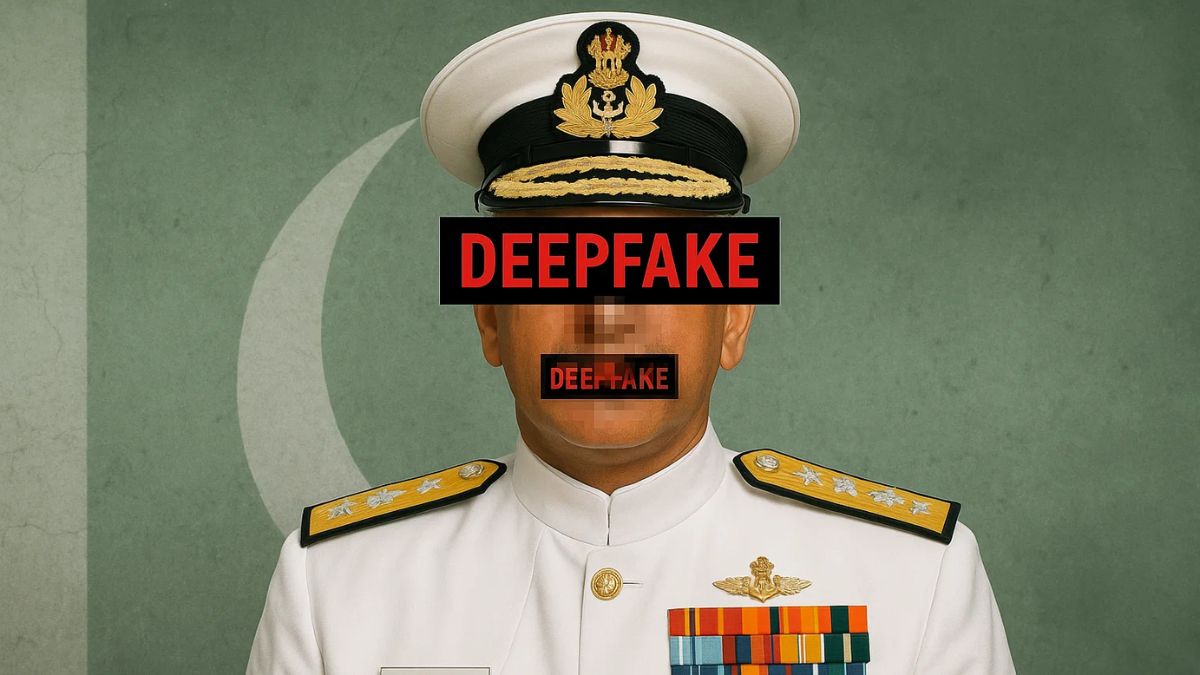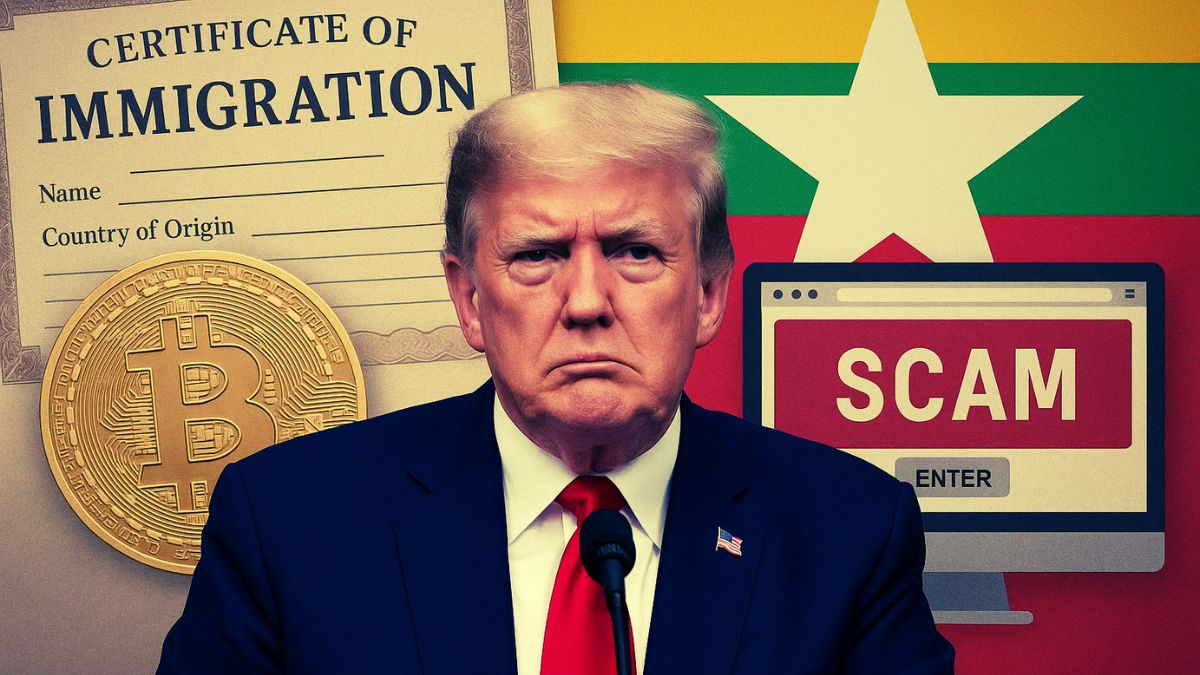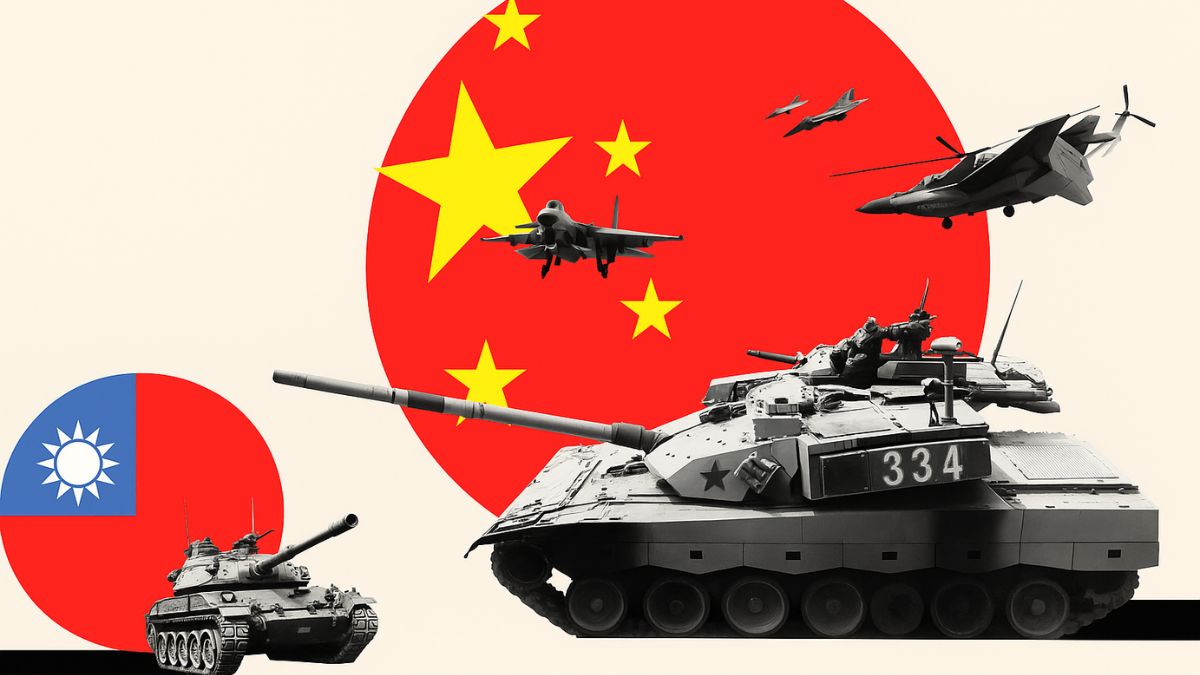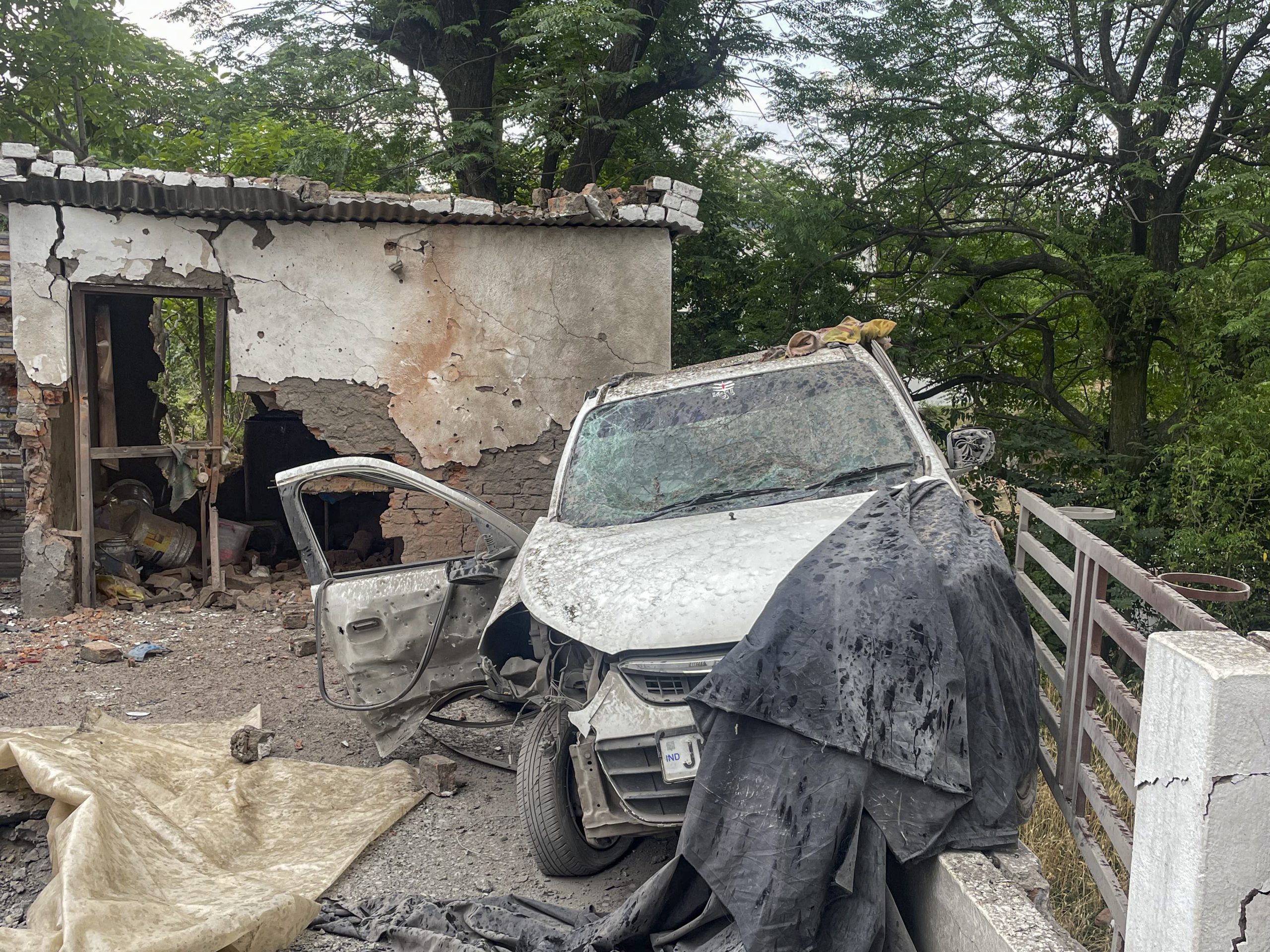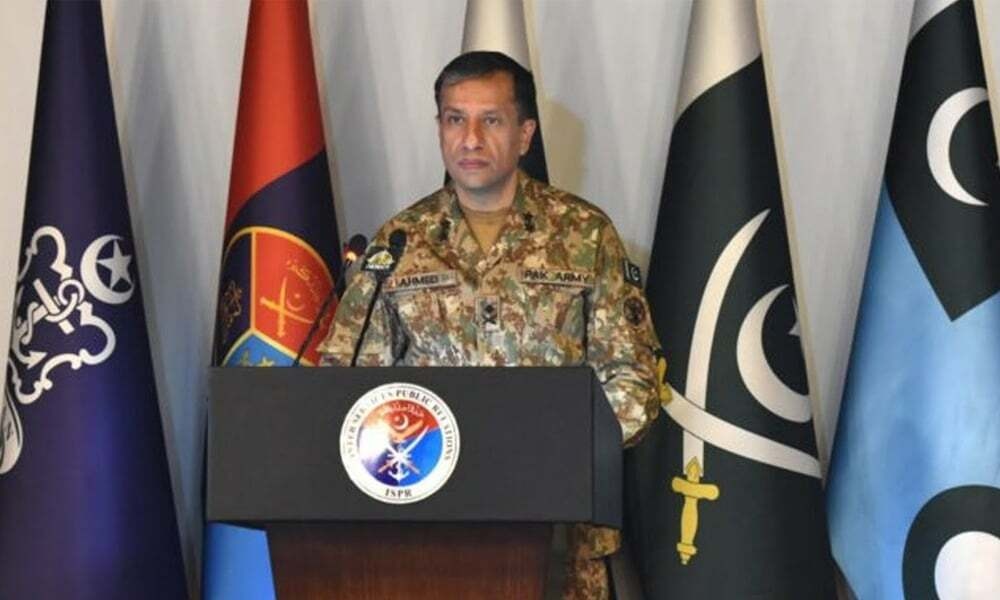Indian Armed Forces To Establish Three Joint Military Stations, Create Tri-Services Education Corps
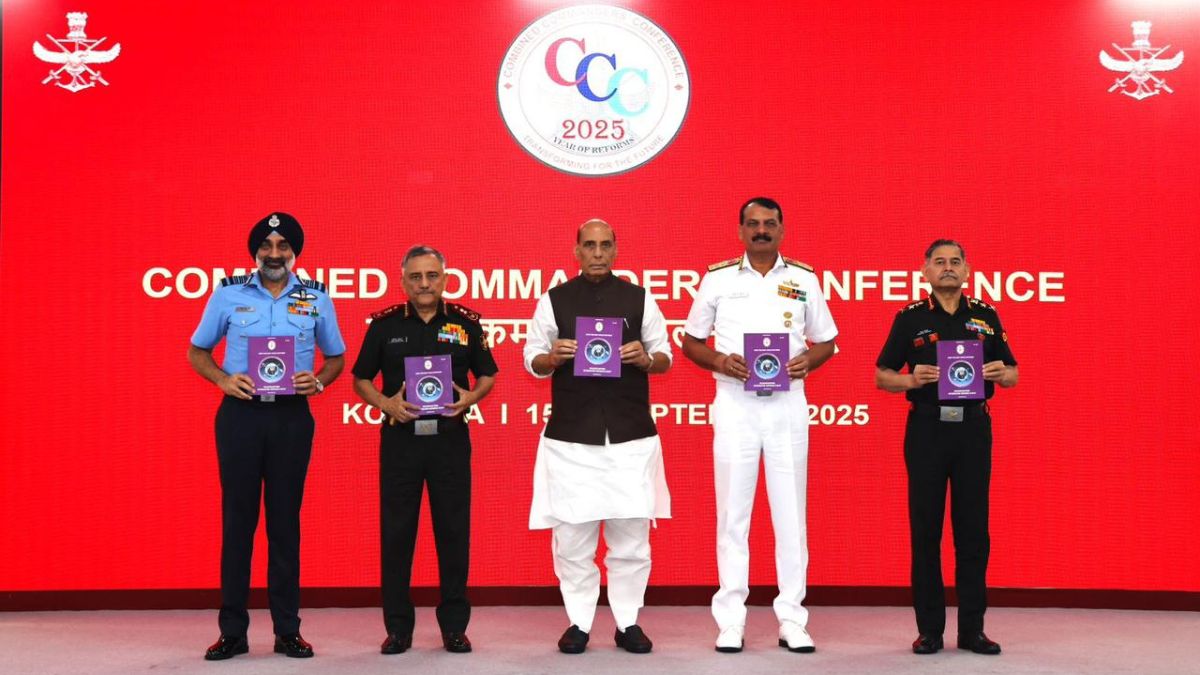
India’s top military leadership at CCC-2025 unveiled landmark reforms, announcing joint military stations and a Tri-Services Education Corps to drive integration and prepare the armed forces for future challenges. Image courtesy X.com/@HQ_IDS_India
In a landmark step towards military integration, the Indian armed forces on September 17, 2025, announced the formation of three new joint military stations and the creation of a Tri-Services Education Corps on the concluding day of the Combined Commanders’ Conference (CCC-2025) in Kolkata.
The move is part of sweeping reforms aimed at enhancing jointness, interoperability, and operational efficiency across the Army, Navy, and Air Force.
While the details and locations of the upcoming joint stations remain undisclosed, the development builds on existing joint logistics nodes already operational in Mumbai, Guwahati, and Port Blair.
These facilities have served as key hubs for the logistics integration of the three services, and the new stations are expected to significantly bolster this framework.
Announcing the reforms on X, the Headquarters Integrated Defence Staff (IDS) stated: “On the final day of the Combined Commanders’ Conference 2025, a decision by all the Chiefs and Commanders for merging the education branches of three services to form a single #TriServices Education Corps was announced. The decision on the formation of three #Joint Military Stations was also announced.”
Why the push for greater jointness?
The decisions were taken during a high-level session chaired by Chief of Defence Staff (CDS) General Anil Chauhan, in line with Prime Minister Narendra Modi’s directive to the defence ministry to implement swift and concrete measures for greater integration in the armed forces.
Defence Minister Rajnath Singh has also been conducting quarterly reviews of ongoing reforms, including the ambitious theaterisation drive.
“The CCC-2025 has been instrumental in identifying and finalising the most important transformations required that will drive impactful changes in the future,” IDS said.
The conference emphasised jointness as a critical prerequisite for creating theatre commands, a long-awaited reform designed to ensure integrated application of force, resource optimisation, and enhanced combat readiness.
What are the reforms in focus?
The conference, themed “Year of Reforms — Transforming for the Future,” highlighted a broad roadmap for reshaping India’s defence apparatus.
Key focus areas included institutional reforms in cyber, space, information, and special operations domains; simplifying acquisition procedures to speed up capability development; boosting indigenous defence production to strengthen self-reliance (Atmanirbharta), and adopting technology-driven warfare models to meet the demands of future battlefields.
On September 16, Singh underscored the importance of a “whole-of-nation approach,” stressing the need for synergy not just among the services but also with civilian agencies to tackle evolving security threats.
What space and emerging threats were discussed?
A major highlight of CCC-2025 was the official release of the Joint Military Space Doctrine, institutionalising space as a critical component of India’s national security strategy.
With China rapidly enhancing its space warfare capabilities, including anti-satellite (ASAT) weapons and electronic jammers, India has accelerated work on a national military space policy to safeguard its space-based assets.
General Chauhan also addressed the conference on the evolving security landscape, warning of emerging threats in information warfare, ecological and biological domains, and underlining the need for reforms to be institutionalised as a continuous process.
How will the military transformation progress from here?
The government declared 2025 as the “Year of Reforms,” identifying nine core areas for intervention, including theaterisation, cyber, and space.
The defence ministry said the successful conduct of CCC-2025 marked “a major step in transforming the armed forces into a more integrated, technologically advanced, and operationally agile force, capable of addressing multi-domain threats and safeguarding national interests.”
The creation of joint military stations and a unified education corps signals a decisive move towards integration, laying the groundwork for theatre commands and ensuring that India’s armed forces remain future-ready against increasingly complex global challenges.


